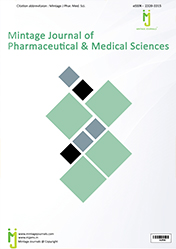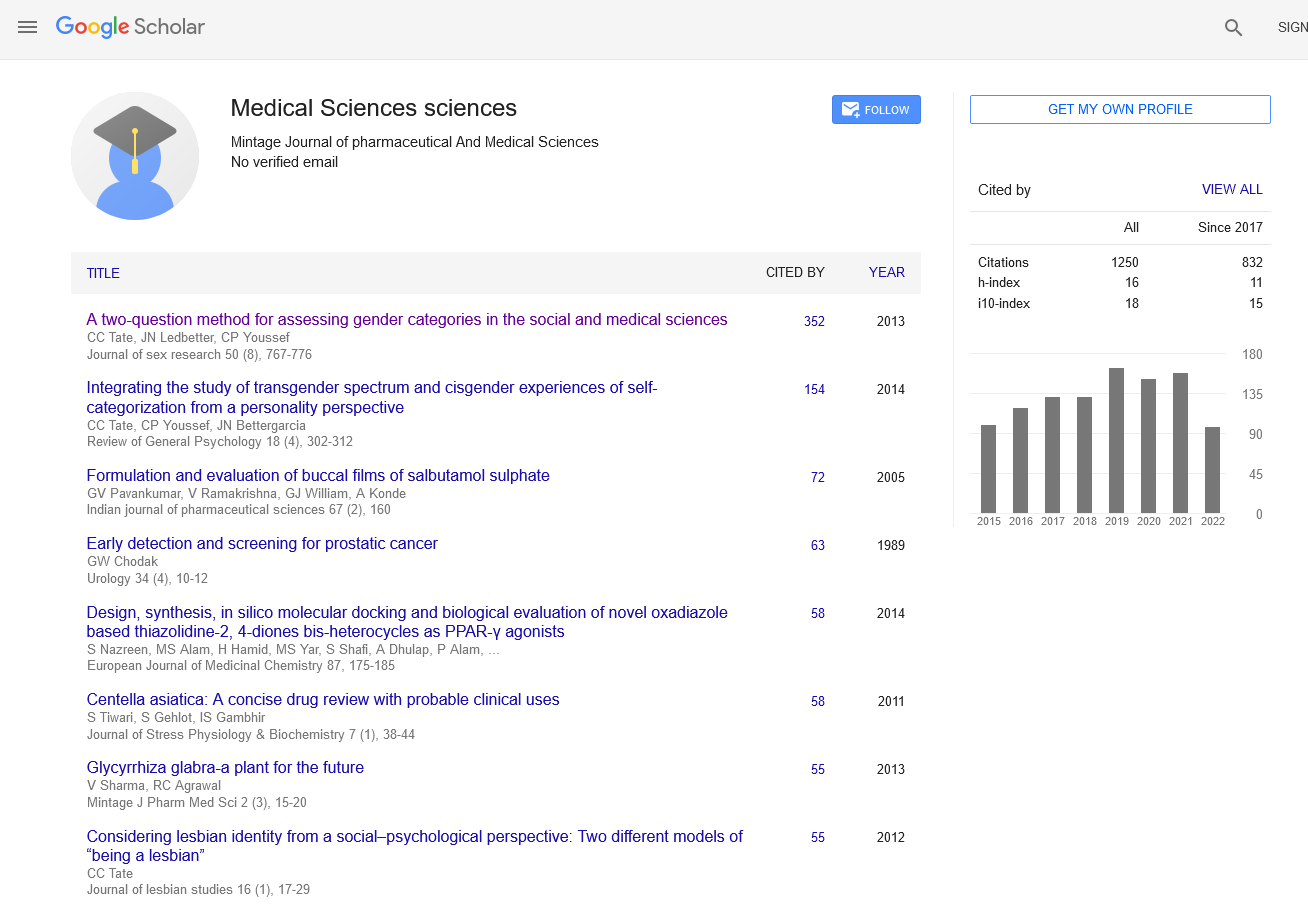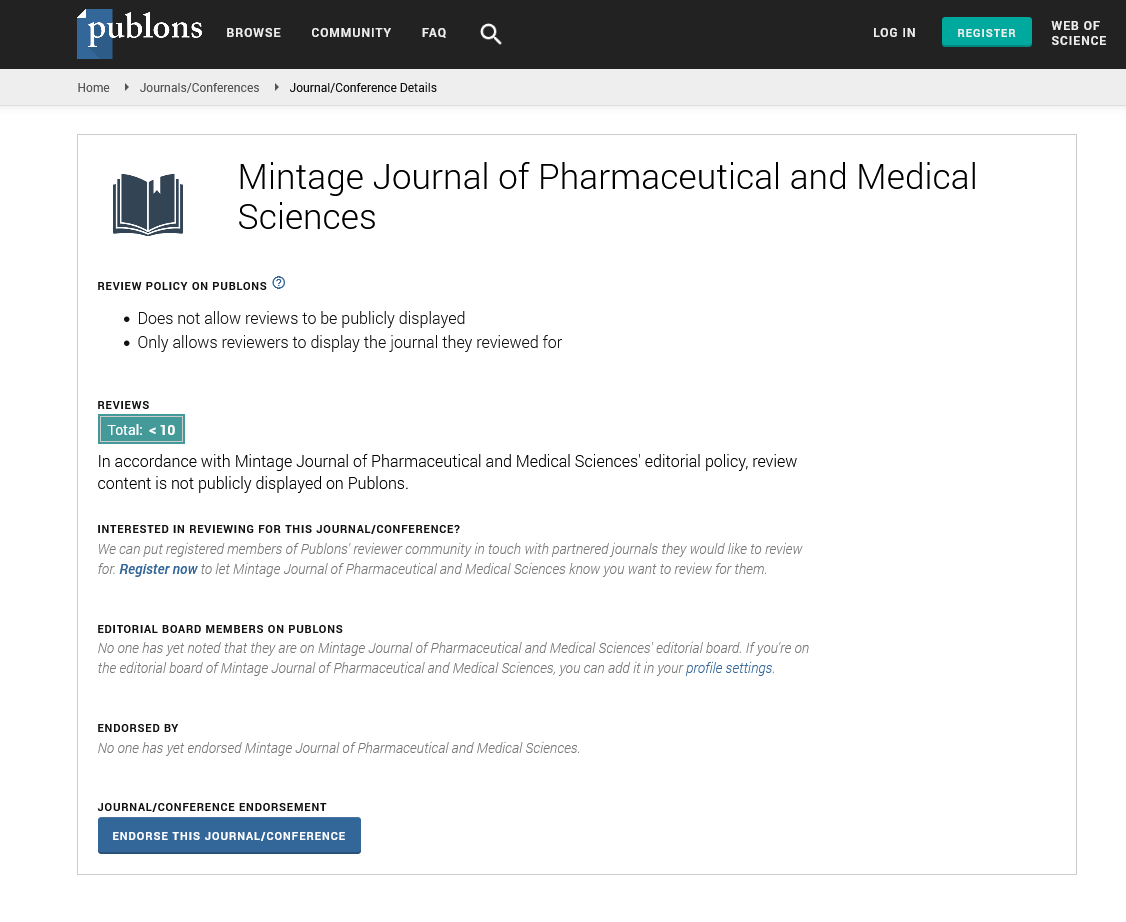Abstract
EVALUATION OF BIOLOGICALLY ACTIVE MOLECULES ISOLATED FROM OBLIGATE MARINE FUNGI
Author(s): J.SWATHI, K.NARENDRA,K.M SOWJANYA, A. KRISHNA SATYA
The marine environment is a tremendous source of natural products. Marine microorganisms have become an important source of pharmacologically active metabolites Fungi are well known for their vast diversity of secondary metabolites that include many life-saving drugs and highly toxic mycotoxins. In general, fungal cultures producing such metabolites are immune to their toxic effects. However, some are known to produce self-toxic compounds that can pose production optimization challenges if the metabolites are needed in large amounts for chemical modification. Objective: The main objective of the present study was the isolation of new and preferably biologically active secondary metabolites from marine microorganisms, especially marine-derived fungi. Method:Marine fungi had isolated from marine soil by serial dilution method from Rose Bengal medium. Single colony was isolated by microscopic and macroscopic observation. Secondary metabolites are produced by marine fungi. Biological evaluation was performed by microbial studies. TLC is performed to identify the number of sub compounds in the crude extract. Further species level identification and structure elucidation of the compound are to be done. Results: The isolated marine fungi Aspergillus sp, showed maximum activity against the Candida rugosa with a zone diameter of 16mm at a concentration of 200μg and for bacterial strains it showed maximum activity against the E.coli with a diameter of 24mm at a concentration of 200μg. From the thin layer chromatography it has nearly 2-3 compounds to be purified.Conclusion: The selected organism which producesthe compounds contains the biologicalactivities which include anti-bacterial and anti fungal activitie

ISSN: 2320-3315
ICV :81.58

